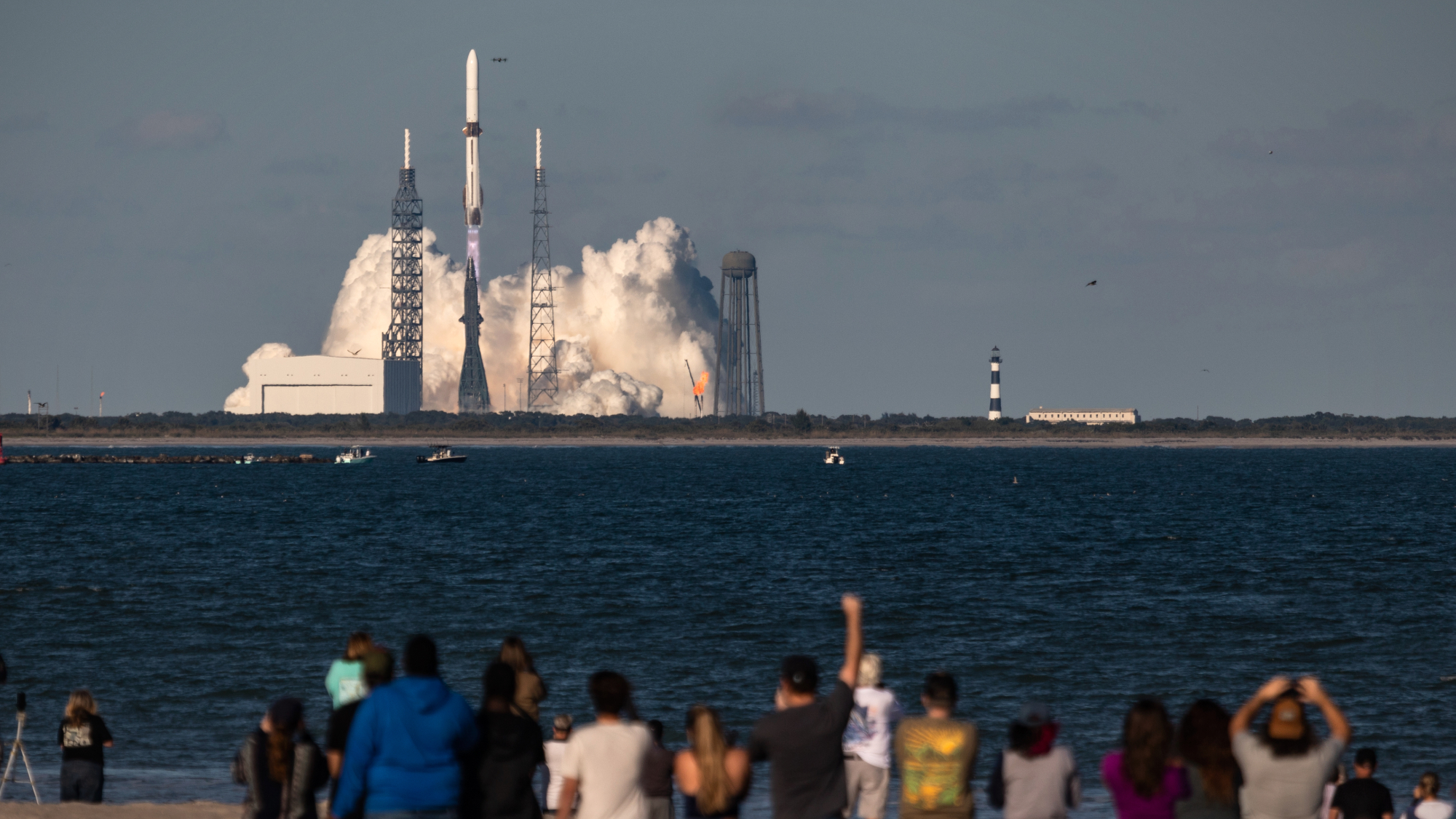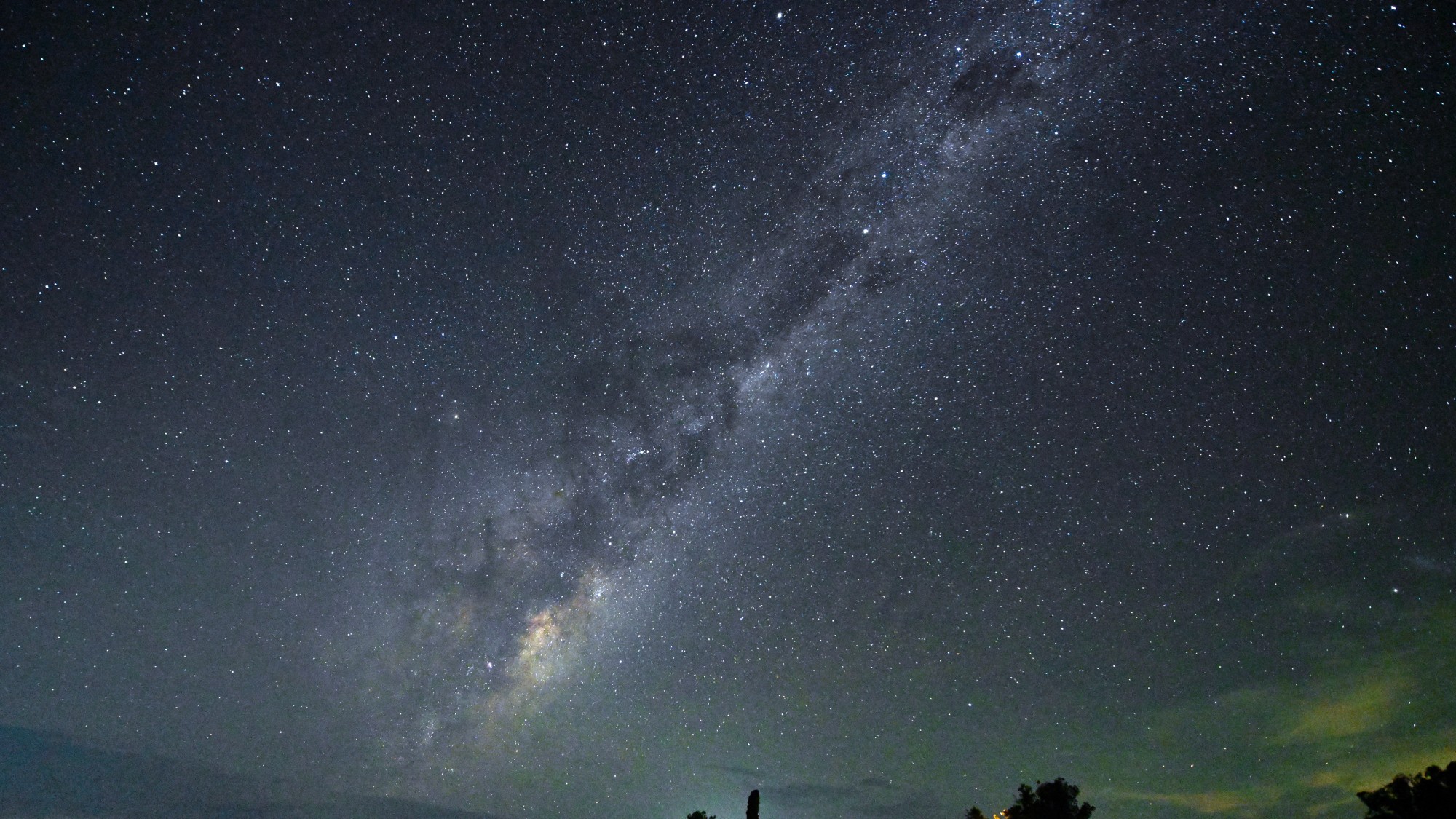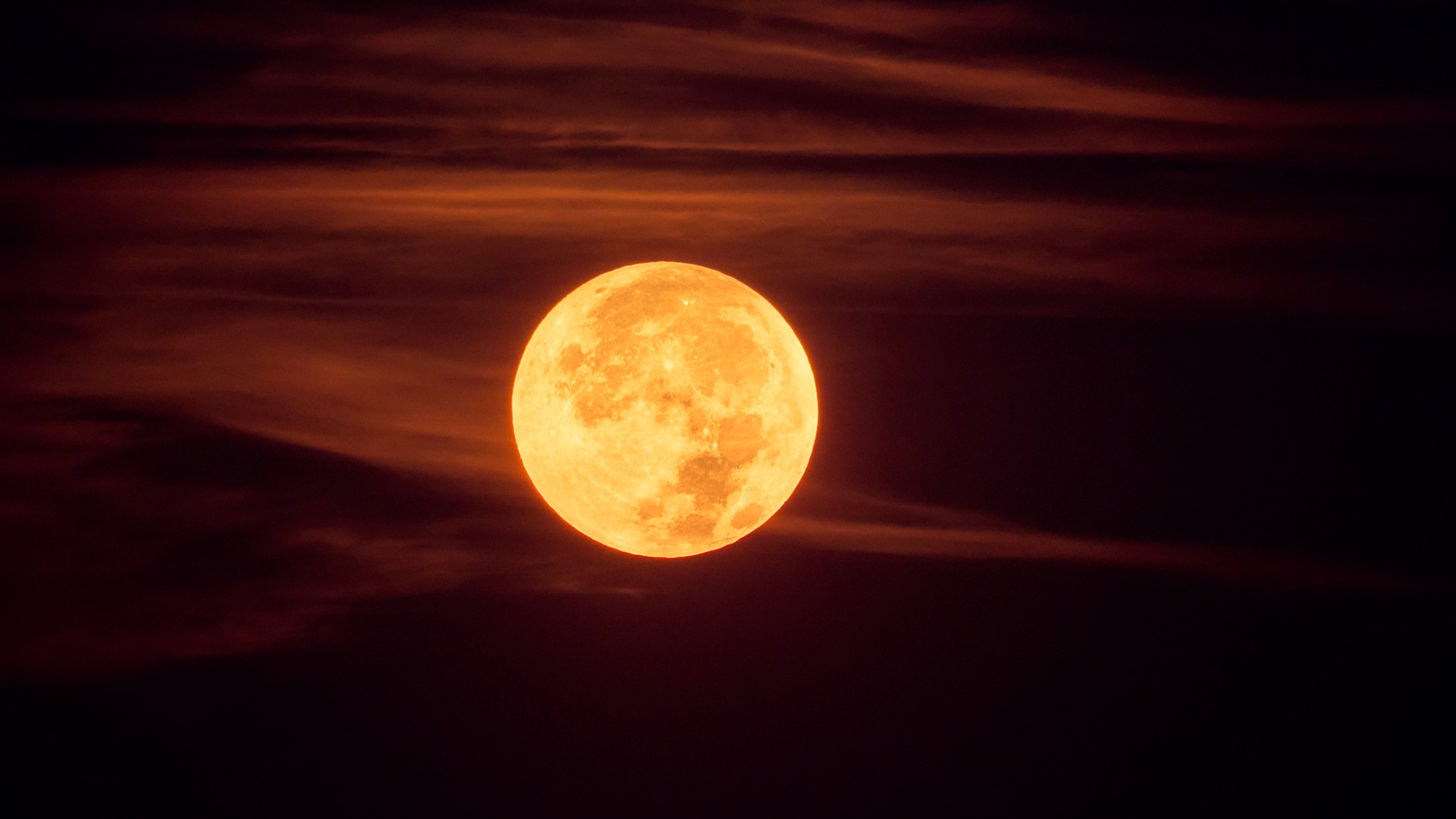Scientists find evidence of gravitational waves warping space-time throughout the cosmos

Albert Einstein proposed in 1916 that the universe was constantly being pushed and stretched by space-time waves undulating throughout the universe. A group of scientists won the Nobel Prize for finding proof of these waves in 2016, using a laser interferometer to detect a high-frequency gravitational wave emanating from the collision of two black holes or neutron stars less than 100 times the mass of the sun.
Scientists around the world announced late Wednesday that after 15 years, they have taken the next big step, observing the "low-pitch hum of gravitational waves resounding throughout the universe and washing through our galaxy to warp space-time in a measurable way," as Vanderbilt gravitational wave astrophysicist Stephen Taylor explained.
Taylor co-led the research at the North American Nanohertz Observatory for Gravitational Waves (NANOGrav) collective, which coordinated the simultaneous publication of independent but mutually corroborative papers by scientists in China, India, Europe and Australia. These scientists all measured the space-time oscillations by observing gradual shifts in the steady beat of radio wave emissions from dozens of pulsars, or rapidly spinning dead stars.
The Week
Escape your echo chamber. Get the facts behind the news, plus analysis from multiple perspectives.

Sign up for The Week's Free Newsletters
From our morning news briefing to a weekly Good News Newsletter, get the best of The Week delivered directly to your inbox.
From our morning news briefing to a weekly Good News Newsletter, get the best of The Week delivered directly to your inbox.
"It's really the first time that we have evidence of just this large-scale motion of everything in the universe," said NANOGrav co-director Maura McLaughlin. The scientists said they have a high degree of confidence the waves they detected were started by pairs of supermassive black holes circling each other in hundreds of thousands of galaxies as far as 10 billion light years away. These enormous black holes typically have the mass of millions or billions of suns.
Gravitational waves can be created by any object that spins, like the rotating remains of dead stars, a pair of black holes, or even two people "doing a do-si-do," Yale astrophysicist and NANOGrav member Chiara Mingarelli told The New York Times. The newly recorded waves stretch and squeeze the fabric of the universe, warping the distance between any planets or other objects they touch, as Columbia University physicist Brian Greene illustrated on The Colbert Report in 2016.
While the low-frequency waves announced Wednesday likely originated with rotating black holes, they could also have come from "hypothetical cracks in space-time known as cosmic strings" or even the Big Bang, the Times reported. "It sounds very sci-fi," Mingarelli said. "But it's for real."
These waves do not "put any torque on everyday human existence," The Washington Post said. "There is not a weight-loss discovery in here somewhere. A burble of gravitational waves cannot explain why some days you feel out of sorts. But it does offer potential insight into the physical reality we all inhabit." Researchers have already started to use the data to put together maps of the universe, the Times reported, seeking to locate the supermassive black holes and "even more exotic phenomena, like galactic jets, cosmic strings or wormholes."
A free daily email with the biggest news stories of the day – and the best features from TheWeek.com
Peter has worked as a news and culture writer and editor at The Week since the site's launch in 2008. He covers politics, world affairs, religion and cultural currents. His journalism career began as a copy editor at a financial newswire and has included editorial positions at The New York Times Magazine, Facts on File, and Oregon State University.
-
 Political cartoons for December 7
Political cartoons for December 7Cartoons Sunday’s political cartoons include the Trump-tanic, AI Santa, and the search for a moderate Republican
-
 Trump’s poll collapse: can he stop the slide?
Trump’s poll collapse: can he stop the slide?Talking Point President who promised to ease cost-of-living has found that US economic woes can’t be solved ‘via executive fiat’
-
 Sudoku hard: December 7, 2025
Sudoku hard: December 7, 2025The daily hard sudoku puzzle from The Week
-
 5 recent breakthroughs in biology
5 recent breakthroughs in biologyIn depth From ancient bacteria, to modern cures, to future research
-
 Blue Origin launches Mars probes in NASA debut
Blue Origin launches Mars probes in NASA debutSpeed Read The New Glenn rocket is carrying small twin spacecraft toward Mars as part of NASA’s Escapade mission
-
 ‘The Big Crunch’: why science is divided over the future of the universe
‘The Big Crunch’: why science is divided over the future of the universeThe Explainer New study upends the prevailing theory about dark matter and says it is weakening
-
 Dinosaurs were thriving before asteroid, study finds
Dinosaurs were thriving before asteroid, study findsSpeed Read The dinosaurs would not have gone extinct if not for the asteroid
-
 The moon is rusting
The moon is rustingUnder the radar The Earth is likely to blame
-
 Panspermia: the theory that life was sent to Earth by aliens
Panspermia: the theory that life was sent to Earth by aliensUnder The Radar New findings have resurfaced an old, controversial idea
-
 Africa could become the next frontier for space programs
Africa could become the next frontier for space programsThe Explainer China and the US are both working on space applications for Africa
-
 SpaceX breaks Starship losing streak in 10th test
SpaceX breaks Starship losing streak in 10th testspeed read The Starship rocket's test flight was largely successful, deploying eight dummy satellites during its hour in space
